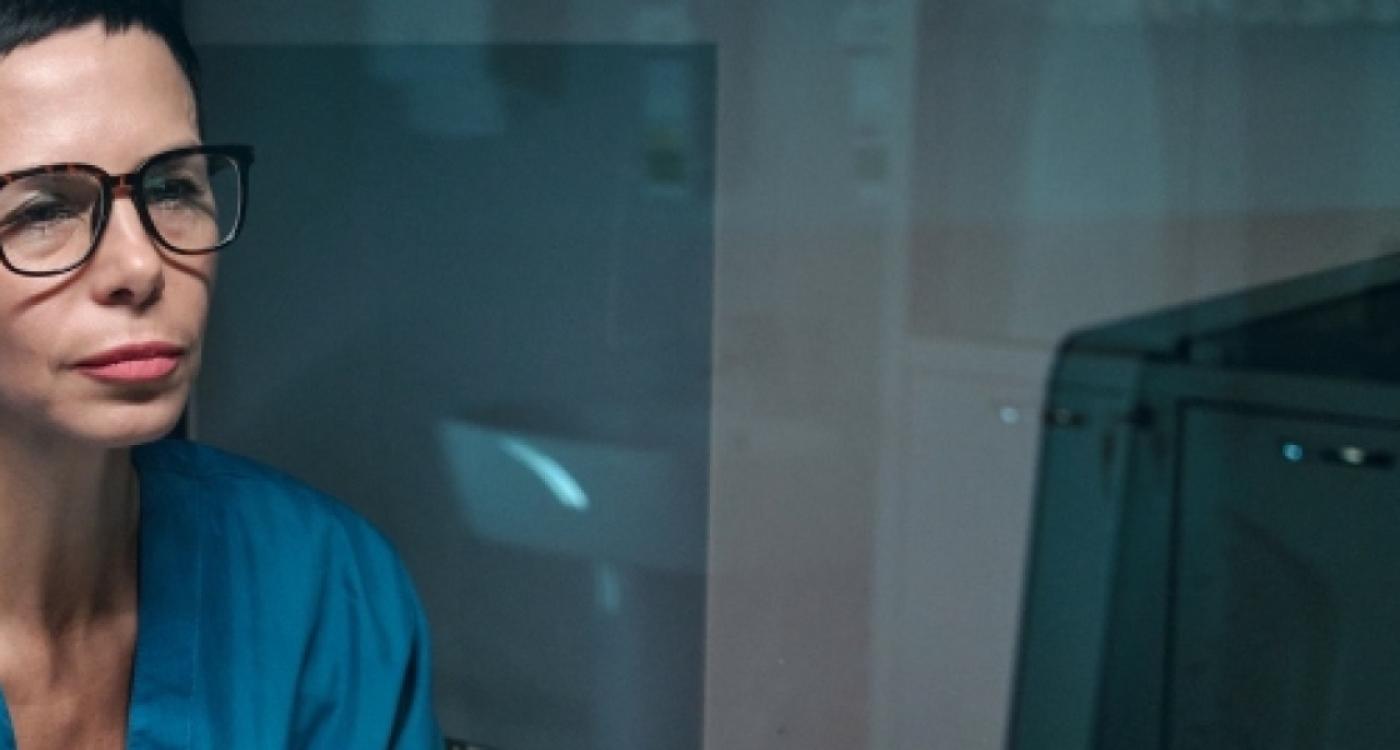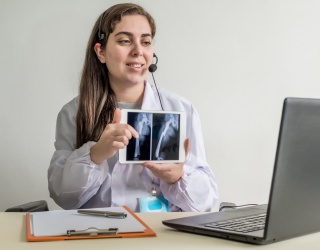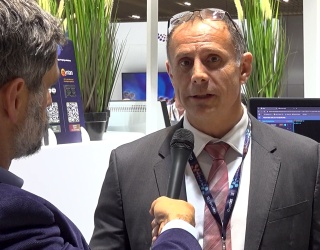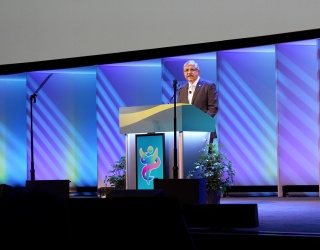Remote diagnosis has long since ceased to be a mere emergency solution. In fact, driven by a shortage of specialists and technical advances, it is becoming an integral part of many radiology facilities. But behind the apparent efficiency lie complex issues, such as clinical connection, team culture, responsibility and training quality. The session “Remote reading - opportunity or emergency solution?” at the German Radiology Congress 2025 in Wiesbaden revealed that the real challenges lie beyond the technology.
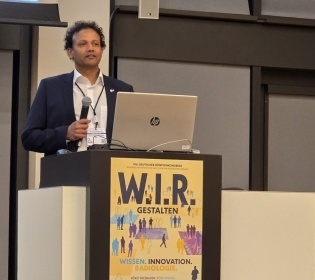
In many radiology departments today, it is no longer possible to control MRI examinations directly at the console, but from any location. “This gives us the opportunity for MTRAs to work from home,” said Anton Sheahan Quinsten, Head MTR, Essen University Hospital. The flexibility has been well received by employees: “Our MTRAs have a home office contract, as we know it in radiology, and can choose when and how they work from home.”
The idea is not new. The first publications on remote scanning appeared back in 2006. In Germany, the model has been established since 2019 at the latest and offers new opportunities for balancing work and family life.
Changed processes, responsibilities and communication
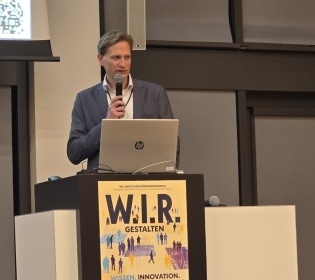
The introduction of remote scanning is more than just a technical step - it changes processes, responsibilities and teamwork. “Before we introduce remote scanning, we have to analyze our processes, create a standard work process and initially introduce it as required,” emphasized Rainer Eßeling, Medical Physicist (MPE) Radiology/Radiology Diagnostics, Münster University Hospital. Practice shows that this requires precise planning: "We made three sub-processes out of the entire MRI process and looked at them: Do we really need an MTRA for patient positioning?" In some hospitals, other employees - such as medical assistants - are therefore also responsible for patient management on site.
The prerequisites for remote working are a sound knowledge of MRI, the ability to multitask and strong communication skills. Despite the physical distance, teamwork remains central: "You are live in a session where many colleagues work together. That's why one of the essential skills an MTRA should have in the future is the ability to communicate and social skills," says Eßeling.
The medical physicist reports that communication is now digital and efficient: "We communicate via chat and phone - the communication channels and examination paths have been significantly reduced and we have greater efficiency. The radiologist can even intervene directly or show how some examinations should be carried out."
Downsides and challenges

As promising as the possibilities of remote scanning are, there are numerous challenges and limitations in everyday life - especially from the perspective of practicing radiologists. Dr. Ulrike Engelmayer, a specialist in diagnostic radiology at a practice south of Augsburg, openly described where the euphoria reaches its limits: "Remote scanning initially sounds like flexibility and modern working models. But the reality is often different." Faced with an acute shortage of staff and long-term pressures, her team ventured into remote scanning.
What sounds like an ideal workaround proved to be a challenging undertaking in practice. Although the system worked technically in principle, the implementation faced considerable challenges: “The infrastructure was complex, we had disconnections, headsets failed, and sometimes cell phones had to be used as an emergency solution.” The software also proved to be immature. “The manufacturer sold the product, but support was often unable to deliver,” reported Engelmayer.
Legal uncertainties
Remote scanning offers a lot of potential, but before it can be fully exploited, there are still legal issues that need to be clarified. These were highlighted by Michael Walz. Chief of Medical Office for Quality Assurance in Radiology Hessen at TÜV SÜD Life Service GmbH. One central problem he addressed was responsibility for the patient. “What happens if an acute reaction occurs when a contrast medium is administered and there is no experienced radiologist or MTRA on site?” he asked.
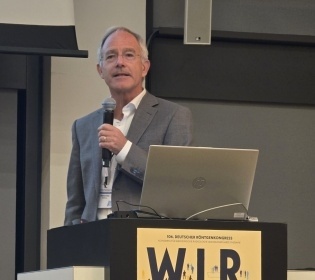
Added to this is the dependence on the efficiency of the staff on site. "Even if we run two or three machines in parallel, if the medical assistants work too slowly, we won't make any progress. In principle, everything depends on everyone working directly on the device," said Walz. Digitalization can reach its limits here if the processes are not optimally coordinated or the team is not sufficiently well-rehearsed.
The legal framework conditions are also still unclear. “There are no clear regulations in Germany as to who is allowed to carry out remote scanning and how many examinations can be carried out in parallel,” criticized Walz. “The question of whether the colleague must necessarily be based in Germany has also not been conclusively clarified.” Last but not least, Walz also sees the risk of alienation from the patient. His advice was therefore: digitalization with a sense of proportion that is always used in the interests of patient care.

